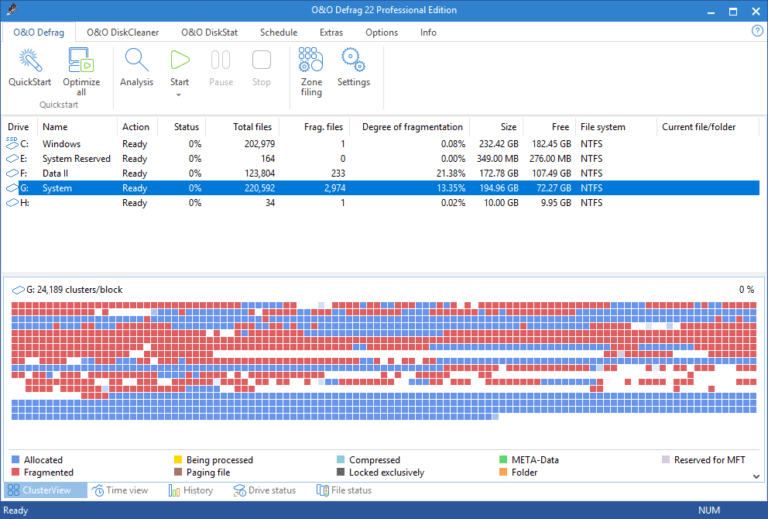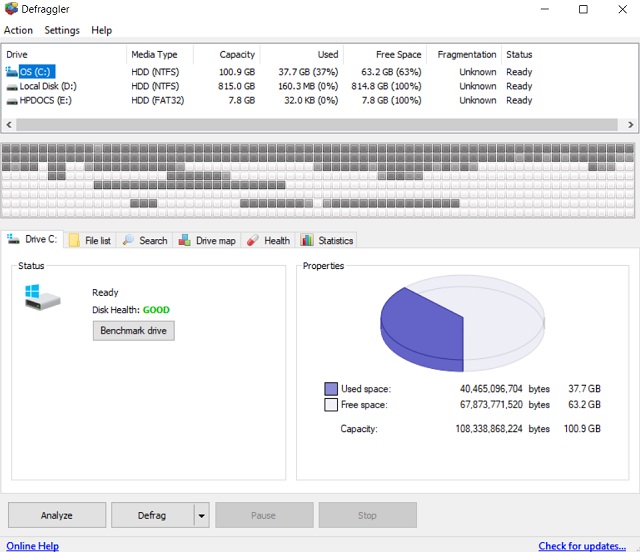


This is similar to what happens over time to the data on your hard drive. All of your clothes are still there, but they're jumbled together and take up a lot of space. There are lots of different types of clothing and colors, and they all get mixed together in the wash. Imagine that all of the information on your hard drive is a load of laundry. If you have a Mac, you won't need to defrag your hard drive. In this lesson, we'll show you the basics of defragging. One of these steps is defragmenting (or defragging) your hard drive. en/basic-computer-skills/tips-for-speeding-up-your-computer/content/ How to defragment your hard driveĪs a computer owner, there are several steps you'll want to take to ensure it is running up to speed. Follow these quick steps to defrag your hard drive.Lesson 18: How to Defragment Your Hard Drive The best way to defrag your hard drive is to use the Microsoft ® Windows ® Disk Defragmenter utility. This will allow the drive to find information faster and find open portions to write new information faster. By defragmenting your hard drive, you are asking the computer to consolidate the information in one area of the drive.

It becomes harder and harder for the drive to find all the information or programs you want it to access in a timely manner. When a hard disk drive has written a significant amount of data, the empty portions become rarer. When data is written (stored), it’s written to the first empty portion of the drive that the write head can access. Consisting of an actuator, platter, spindle, actuator arm, and read/write head (among other parts), hard drives work by storing and seeking out information on a rotating disk. Hard disk drives fragment data because they are random by nature. There’s no reason to worry when this happens – defragging your hard drive is a simple fix. Unless you’re using an SSD, your system will eventually suffer from performance loss when the data stored on your hard drive becomes fragmented.


 0 kommentar(er)
0 kommentar(er)
